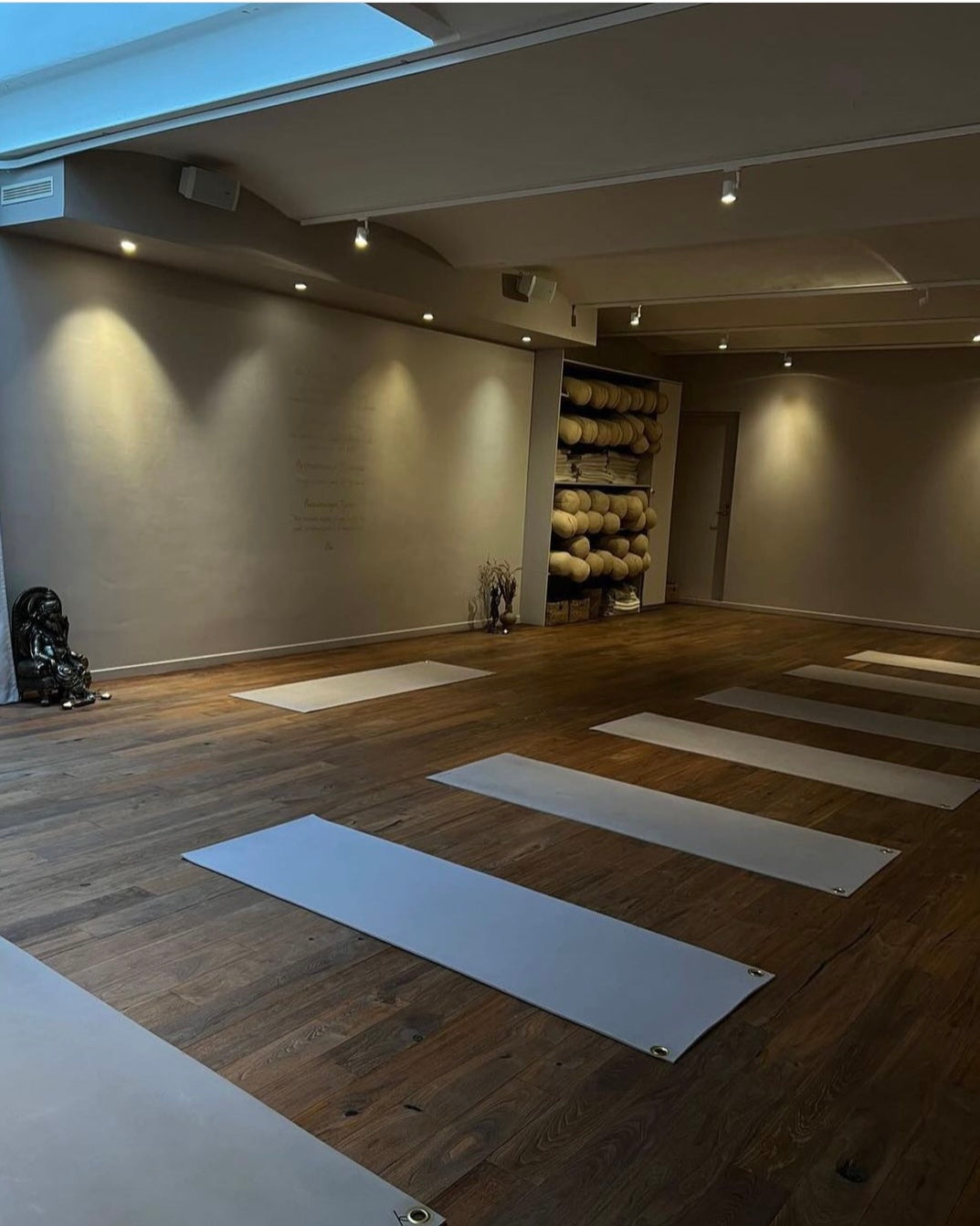In recent years, there has been more and more research on exercise linked to the menstrual cycle. In the past, when talking about exercise, most advice, tips and studies have been general and aimed at all of us, regardless of whether we have a female or male biology. Most studies traditionally present the results with general conclusions and advice such as that a certain type of training should produce the same effects, regardless of gender, even if the research was done on a test group with only men. In this blog post, we wanted to briefly present and summarize an interesting study on exercise and the menstrual cycle from Umeå University .
What should one know that is specific to women and exercise?
When it comes to sports research, most of the research that exists is done on men and their biology. This means that the research is not based on female biology , how our body is built and functions. In other words, there is limited knowledge about how female athletes should train in the best way. When it comes to female and male biology, there are many similarities but there are also many differences that affect performance in sports. For example, the average man is often assumed to be larger than the woman, has wider shoulders, narrower hips and is heavier, which of course can affect outcomes. Sports research thus rarely takes into account the biological differences between women and men and how they can have an impact on how a woman versus a man should train and what effects the training can have.
Difference between the female and male biology
The biggest difference between female and male biology is that women are cyclical, which means that sex hormones change during the course of the month, unlike men's, which change according to a daily cycle.
A woman's hormones over a monthly cycle
The hormones estrogen and progesterone are central to female biology and the menstrual cycle. The hormones follow a rhythm on an approximate monthly basis where levels rise and fall over the course of the menstrual cycle .

Male hormones over a monthly cycle
In male biology, the hormone testosterone is fundamental and prominent in male fertility. Testosterone follows a circadian cycle where it is high in the morning, decreases in the evening and rises again the next morning. It doesn't change much from day to day and doesn't shift over the month.

Study on menstrual cycle and strength training
Now we wanted to briefly summarize a study from Umeå University on strength training and the menstrual cycle. 59 active women participated in the study over a four-month period. Group 1 did high-frequency strength training during the first two weeks of the menstrual cycle, group 2 did high-frequency strength training during the last two weeks of the menstrual cycle, while group 3 (control group) trained regularly three times a week distributed throughout the menstrual cycle. All women trained 12 sessions/cycle but distributed in different ways as below. The white circles correspond to the number of training sessions.
What did the results of the study show?
Group 1 who trained more sessions during the first half of the menstrual cycle (phase 1 and phase 2) got better training results in the form of: increased muscle mass, muscle strength and muscle power. They also experienced their training as more positive. Group 2 who trained more sessions during the second half of the menstrual cycle (phase 3) did not get any increases when it came to increased muscle mass, muscle strength and muscle power. Group 3 who exercised regularly throughout the menstrual cycle had increased muscle strength but no increase in muscle mass. Having said that, there can be several benefits of synchronizing exercise to your menstrual cycle .

Periodizing your training based on the menstrual cycle can thus be an effective tool to achieve an optimal training effect by avoiding so-called plateaus. Periodization is about having a variation in training amount, intensity, training weight and rest periods. This can be, for example, by varying weight, repetitions and repetition speed at a submaximal level. As a woman, it can be about varying the number of training sessions per day/week based on the menstrual cycle. By periodizing your training based on the cycle, you can get a natural variation that suits the body's conditions, which in turn can give:
- Optimized strength training effect.
- Better training effect without increasing the number of training sessions, that is, you do not need to increase the number of sessions, but by moving them to the first half of the menstrual cycle, you can get a better effect on the same amount of training.
- A natural way to achieve an increased balance between recovery and training.
Note: This blog post is for educational purposes. It is not intended to diagnose, treat or cure. If you have health problems, it is important to discuss them with an expert.
For those who want to read studies about exercise and the menstrual cycle:
Training and hormones in physically active women
Increasing training load without risking the female athlete triad: menstrual cycle based periodized training may be an answer?
Effects of follicular versus luteal phase-based strength training in young women

